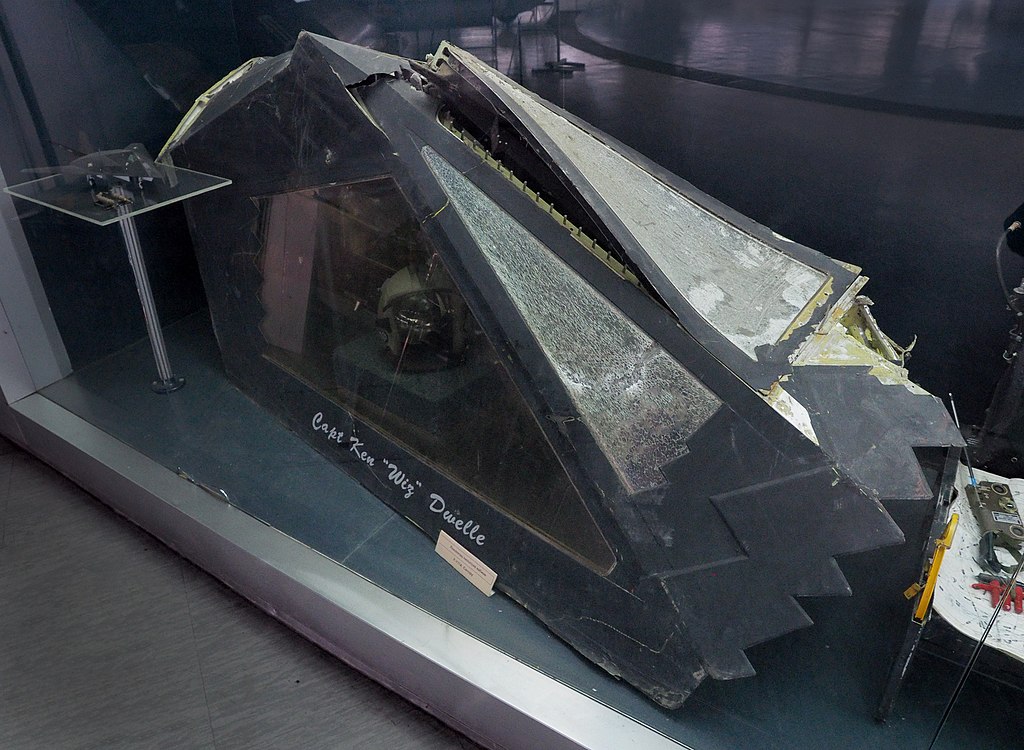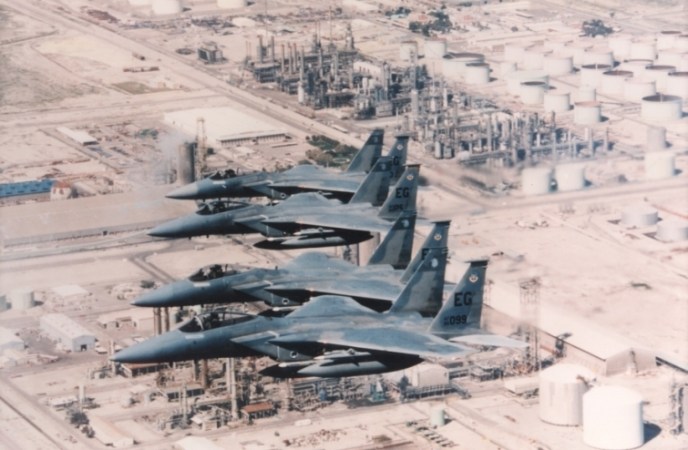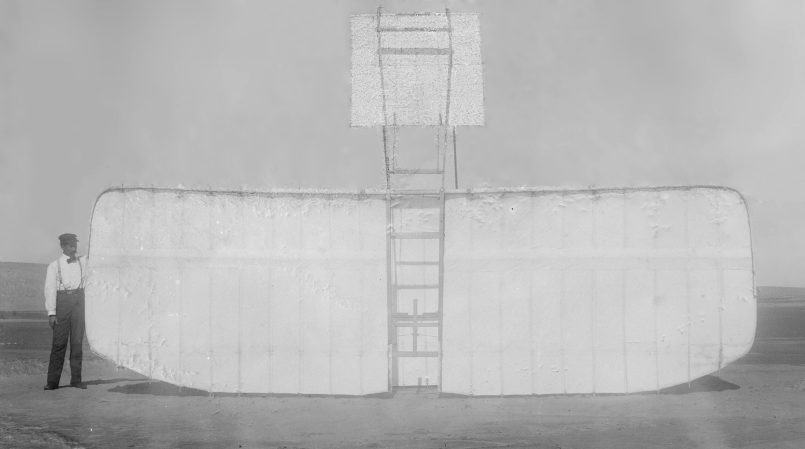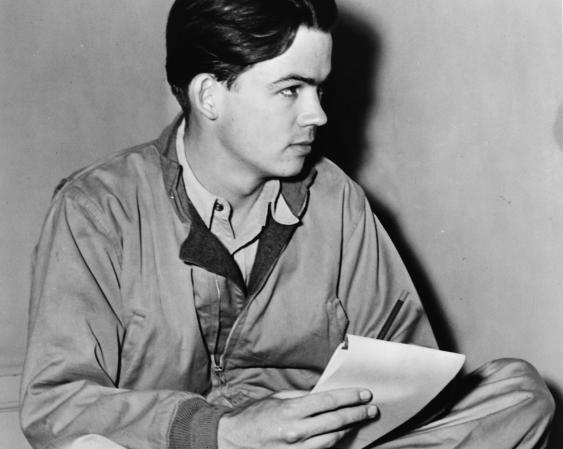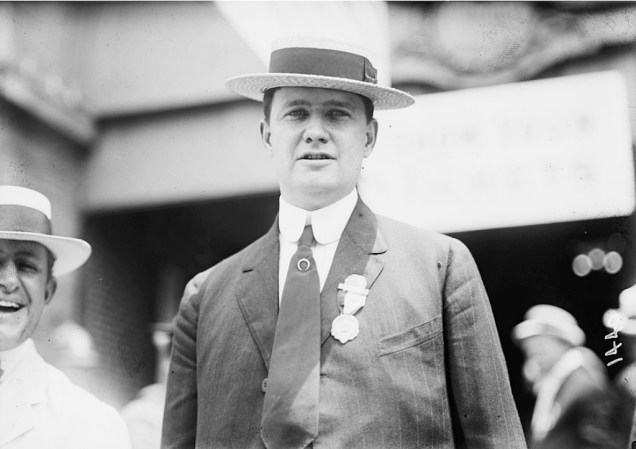In March 1999, NATO air forces intervened in the ongoing war in Yugoslavia. After the fall of the Soviet Union, the country abandoned communism and tried to establish itself as a Yugoslav republic. Not all former members of the Soviet-backed Yugoslavia, which included Bosnia and Herzegovina, Croatia, Macedonia, Montenegro, Serbia, Kosovo and Slovenia wanted to take part in the new union.
Breakaway factions and self-declared independence movements popped up across the former Yugoslavia, throwing the country into years of brutal warfare, characterized by war crimes accusations, massive numbers of civilian casualties, and crippling economic damage. The Kosovo War was particularly brutal. Rebels seized government arsenals and the government of Slobodan Milosevic responded with a retribution campaign marked by the unrelenting slaughter of Kosovo’s Albanians.
In response to the threat of continued genocidal violence, NATO intervened through a series of air strikes throughout 1999, under the NATO name Operation Allied Force. In the United States, the aerial campaign was called Operation Noble Anvil. The goal was to end the ethnic cleansing in the conflict, establish a peacekeeping mission, and force Milosevic to agree to an end to the wars, while protecting ethnic minorities.
The first step in the aerial campaign was a massive effort to destroy Yugoslavian military assets and infrastructure. By the third day, nearly all of Yugoslavian strategic military targets were destroyed, but the Yugoslav Army still advanced against ethnic minorities, so the campaign continued against whatever targets of opportunity NATO air power could find.
Col. Dale Zelko took off in his F-117 Nighthawk on the fourth night of the campaign. The aircraft was the latest and greatest in fighter technology at the time, invisible to radar, and used a GPS, thermal imaging, and laser rangefinding to acquire its targets, even in the most heavily defended areas. Although called a stealth fighter, the F-117’s role was an air-to-ground attack aircraft, as it had no air-to-air combat ability.

There was at least one Yugoslavian asset that NATO had not yet destroyed. It was an SA-3 surface-to-air missile battery commanded by Yugoslav officer Zoltan Dani. Dani was fully aware that his battery was nearly 50 years old at the time and was obsolete long ago. It had a relatively short range to boot. The old officer was well-versed in its combat history, and had watched as Israeli fighters knocked out nearly all of Lebanon’s SA-3 sites without losses during the 1982 Lebanese War.
Dani believed that the SA-3 could be more survivable if it were mobile, which it was never intended to be, but he trained his men to unpack their SAM site and repack it repeatedly. They could set it up and take it down in around 90 minutes. During the NATO bombing campaign, his ability to change positions throughout the day kept his battery (and his men) alive.
The primary threat to the SA-3 batteries were HARM missiles, which tracked their targets using the target’s own radar signature. As long as his SAM site’s radar was off, the NATO missiles would not be able to track his location. He was only vulnerable when the SA-3’s radar was on. To mitigate this and give his battery more time, he positioned radar decoys near his location. He estimated he had around 40 seconds to fire a shot before being targeted.
When Col. Dale Zelko’s F-117 took off, local spies relayed the information to Yugoslav forces. Dani knew he was being hunted and he knew the aircraft was invisible to radar until he opened his weapons bay door. Zoltan Dani turned his radar on twice for 20 seconds, searching for the aircraft, but couldn’t find it.
Against his own policy, he turned it back on for another 20 seconds, just as the F-117 was opening its weapons bay. The SA-3 picked it up and Dani fired two missiles at the American. One of them hit home. Col. Zelko was rocked by the explosion but managed to eject. He survived and was picked up by search and rescue teams. It was the only instance of a stealth aircraft being shot down, and it was only due to the craftiness of the SA-3 site commander.
After the war, in 2012, Zelko and Dani met one another and sparked a close friendship. The two even visited the Serbian museum where the remains of Zelko F-117 are on display.
“I thought about the Serbian SAM operator, imagining having a coffee and conversation with this guy, saying to him: ‘Really nice shot,’” Zelko told the BBC. “I had this huge respect for him and the Serbian people.”

